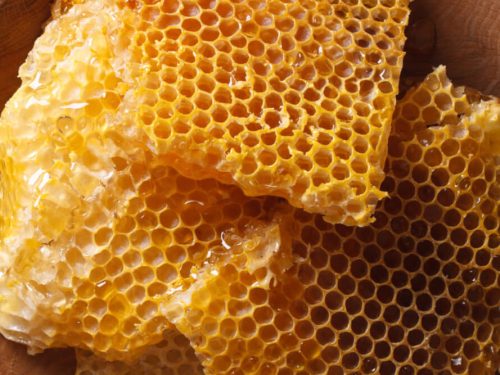
Not a single ingredient in nature has captured human attention and curiosity throughout history like honey. Many ancient peoples used and worshiped it. It was known in ancient Babylon where it was used for ritual purposes, it was also known to the ancient Egyptians who used it for the purpose of embalming, storing food, but also as an aphrodisiac and medicine for burns. Alexander the Great with his army would not have embarked on conquest campaigns if his army had not previously brought large quantities of honey, which gave the necessary strength and endurance to the invincible army.
The ancient Greeks and later the Romans were fully aware of all the nutritional and healing properties of honey and used it as a remedy for many ailments. In addition to these ancient peoples, honey was food and medicine for many peoples, such as the Visigoths, Gauls, and ancient Slavs. They did not raise bees, but they used this divine product abundantly. Honey was also used extensively during the Middle Ages, when fatter bees were first raised for the first time within the monastery. Traces of the use of honey for various secular and religious purposes can be found in many literary and ecclesiastical works from that time. Honey was known not only by the ancient peoples of Europe and the Middle East, but also by the ancient Chinese who used it in traditional medicine as a remedy for burns, lung diseases and digestion. Even the Maya and Incas used honey for ritual purposes and to make refreshing drinks and balms. Some ancient peoples knew that honey did not let microbes through, so in the absence of a refrigerator, they used it to keep meat fresh for months.
To this day, people are sweetened with honey, but it has long since become a significant tool in the pharmaceutical industry – a few words about that later. By its nature, honey is a sweet syrupy substance of higher density than water, than almost transparent whitish, that is. light yellow to brown, with or without green or red. The color and taste of honey depends on the nectar from which the bees collected honey. Every worker bee dedicates a part of its life to collecting nectar from flowers or resins and other plant juices. After filling the wolf, while flying to the hive, she enriches the nectar with enzymes and then puts it in small wax houses – honeycombs. Young bees continue to process nectar which matures over time and turns into honey. At the end of the process, the bees close the waxed hexagonal house with wax, which contains ripe honey, and thus store food for colder days. To collect 1 kg of honey, bees need about a million visits to flowers.
The chemical composition of honey is a fascinating mixture of almost 80 ingredients. Sugars have the largest share in the composition of honey, so fructose has about 35 – 38%, glucose about 27 – 33%, and complex sugar sucrose only about 8 – 11%. Depending on the ratio of fructose and glucose, honeys crystallize at different rates, so e.g. acacia crystallizes very slowly and e.g. rapeseed honey crystallizes very quickly. When it comes to crystallization, only natural honey has the ability to crystallize and that distinguishes it from counterfeit. In many countries, honey is sold only in crystallized form. Of the other elements, it contains 15-23% water, many acids (citric, acetic, lactic, malic, methane…) and amino acids, B vitamins, vitamin E, numerous minerals and enzymes. It is normal for honey to contain an admixture of ash, wax and pollen. As for its nutritional value, 100g of it has about 1300kJ or 330 kcal, which makes it extremely suitable for children, the elderly and athletes. Due to the small amount of sucrose, honey is also suitable for diabetics in small quantities.
Honey can be divided based on several criteria. They are most often divided into varietal (monofloral) and mixed (polyfloral), or floral (obtained from nectar) and honeydew (obtained from resins and juices of other plants), etc.… The most famous varieties of honey in our country are acacia, linden, chestnut, sunflower , meadow, forest and honey from acacia and flowers of exotic plants are valued in the world.
Today, honey is used in food but also in pharmacy. Alone or in combination with other preparations (eg lemon, rhubarb, propolis, pollen, etc.) or beverages, honey has an extremely beneficial effect on many organs in the body and is thus excellent as a preventive or added remedy for pneumonia, asthma, bronchitis, sore throats, stomach problems, swelling and burns and… The beneficial effect of honey on the better functioning of the body has been proven and it is exceptional and we could dedicate a special book to its benefits in human nutrition.
In order for us to pray and enjoy this natural delicacy in the future, we will have to do more to protect and preserve the lady bee, which is, after all, a fragile and exceptional creature.





